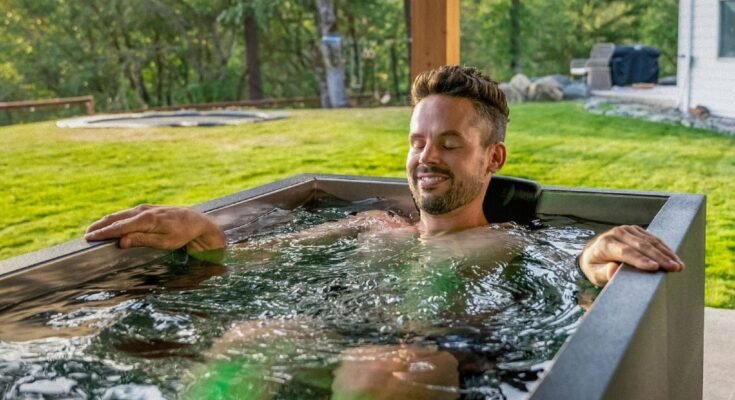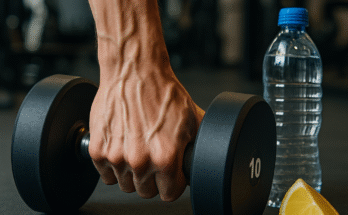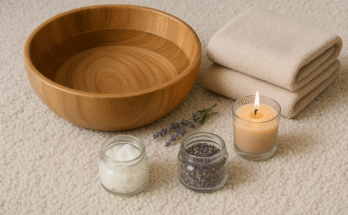The Surprising Perks of a Cold Plunge: Why Your Body Will Thank You
Cold water immersion, from chilly showers to invigorating ice baths, has been celebrated for its physical and mental health benefits since ancient times. While the Greeks of the 1st century BCE pioneered heated public baths, many today swear by the revitalizing power of cold water. Let’s dive into the science-backed (and some anecdotal) perks of embracing the chill—plus tips to make it enjoyable!
Cold Water Therapy: A Refreshing Boost for Body and Mind
Though research specifically on cold Jacuzzis is limited, studies highlight the benefits of cold-water immersion. Here’s why you might want to turn down the temperature:
- Wake Up Your Nerves: Cold water shocks sluggishness away, sharpening neural responses and leaving you alert.
- Mood Magic: It may combat depression by boosting the body’s natural antidepressants (hello, endorphins!).
- Testosterone Tune-Up: Men, take note—cold exposure can stimulate testosterone production, supporting reproductive health.
- Lung Power: Improves respiratory function by training your lungs to work more efficiently.
- Immunity Warrior: Cold showers activate the lymphatic system, ramping up infection-fighting white blood cells.
- Fat Burner: Shivering in cold water revs your metabolism, helping torch calories to keep you warm.
- Post-Workout Recovery: Reduces muscle soreness and speeds recovery after intense workouts.
- Glowing Skin & Lustrous Hair: Unlike hot water (which dries you out), cold water tightens pores, prevents breakouts, and seals hair cuticles for shine.
- Circulation Champion: Enhances blood flow, potentially lowering blood pressure and reducing artery stiffness.
Hot Tub Benefits: Warmth for the Win
Prefer warmth? A hot tub soak has its own perks:
- Stress Meltaway: Let bubbling jets massage your feet (a reflexology hack!) to ease tension and uplift your mood.
- Muscle Soother: High-pressure water targets deep tissues, relieving aches and stiffness.
- Circulation Boost: Heat dilates blood vessels, improving oxygen and nutrient delivery throughout the body.
How to Embrace the Cold (Without the Shock)
Starting a cold-water routine? Try these tips to ease in:
1. Gradual Adjustment
- Begin with your usual warm shower.
- Slowly lower the temperature, starting with your head and limbs.
- Repeat daily, inching cooler each week until your body adapts.
2. Brave the Plunge
- Prep by splashing cold water on your face, ears, hands, and feet.
- Step fully under the cold stream, letting it flow over every inch to avoid “temperature envy.”
- Move gently (wiggle toes!) to help your body regulate heat.
- Mentally commit—it gets easier with practice!
Ice Baths 101: Chill Like a Pro
Popular among athletes, ice baths reduce post-workout soreness. Caution: Consult a doctor first, especially for heart or circulation issues.
What You’ll Need:
- Ice bags
- Shorts & grippy socks (to avoid slips)
- Thermometer
Steps:
- Fill a tub halfway with cold water; add ice until it hits 13–16°C (55–60°F). Newbies can start at 16–21°C (60–70°F).
- Wear shorts and socks, then submerge only your lower body (full immersion can shock your system).
- Relax for 6–8 minutes, building up to 15 max. Never exceed 20 minutes.
- Warm up gently post-bath—no hot showers for at least 30 minutes!
Pro Tip: Skip ice baths if your goal is muscle growth. Opt for compression gear instead after low-intensity workouts like yoga or cycling.
Final Thought
Whether you’re team “cold plunge” or “hot soak,” water therapy offers a splash of benefits. Start slow, listen to your body, and let the healing power of H₂O work its magic!





